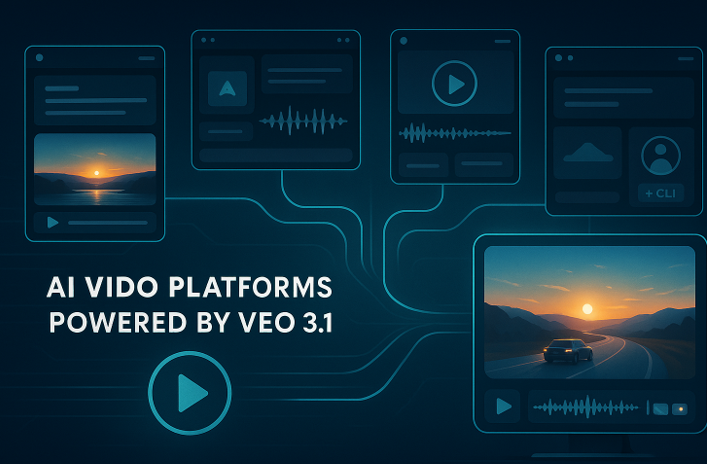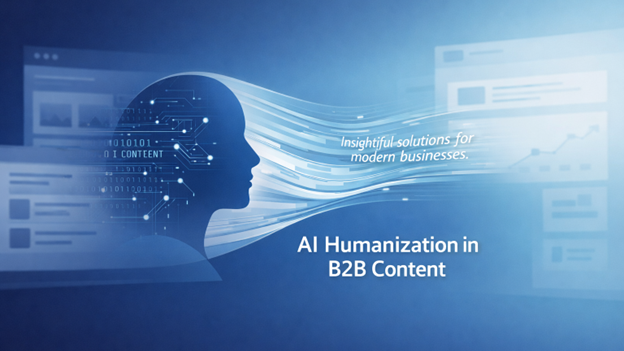Why First-Party Data Will Rule the Future of Lead Generation
In a digital world flooded with information, algorithms, and constant noise, attention is the new currency. For marketers, capturing that attention and turning it into trust is the ultimate goal. But with the rising tide of privacy regulations, the slow death of third-party cookies, and growing consumer skepticism, the way we approach lead generation is shifting dramatically.
At the center of this evolution is first-party data — and it’s becoming clear that it will define the future of marketing.
The End of Third-Party Dominance
Third-party cookies have powered the digital advertising ecosystem for years. Marketers tracked user behavior across websites, built intricate retargeting funnels, and delivered hyper-targeted ads. But what was once a goldmine of user data is now on borrowed time.
With Google phasing out third-party cookies in Chrome and platforms like Apple tightening data permissions, marketers are losing access to behavior data they’ve long depended on. While some have experimented with tools like a chrome scraper extension to extract on-site or publicly available insights, such methods can’t fully replace the depth and personalization that first-party data offers. Regulatory frameworks like GDPR, CCPA, and ePrivacy Directive only reinforce this trend.
In this new era, relying on borrowed data is no longer sustainable. Brands need to pivot toward data they own — data that is permissioned, direct, and trustworthy.
What Is First-Party Data?
First-party data is information that a company collects directly from its audience. This includes:
- Form submissions (name, email, preferences)
- On-site behavior (pages visited, downloads)
- Purchase history
- Survey responses
- CRM and customer service interactions
What makes it so valuable is the trust-based relationship behind it. When a customer fills out a lead form, subscribes to a newsletter, or completes a survey, they’re offering information willingly. This kind of data is more accurate, compliant, and—most importantly—actionable.
Why First-Party Data Is the Future of Lead Generation
1. Trust and Transparency Are the New Expectations
Consumers today are not just aware of how their data is used—they’re critical of it. They want to know what’s collected, why it’s needed, and how it will benefit them. First-party data meets this expectation by making the exchange transparent.
Well-designed lead forms, for example, allow brands to communicate value upfront—whether it’s access to exclusive content, personalized recommendations, or early product access. This creates a mutual value exchange, a key component in long-term trust.
2. Higher Accuracy and Relevance
Unlike third-party data, which is often stitched together from various sources (and prone to errors), first-party data is cleaner and more relevant. It comes directly from the source — your prospects and customers.
This gives marketers the power to build better personas, segment more precisely, and tailor content and messaging with more confidence. When someone tells you they’re a “head of marketing at a B2B SaaS startup,” you can act on that insight immediately and meaningfully.
3. It Powers Personalization at Scale
Personalization isn’t just a buzzword—it’s a performance driver. But to personalize, you need data.
With first-party data, brands can create dynamic journeys based on user preferences, lifecycle stage, or engagement history. Think customized product recommendations, email sequences, or gated content that speaks directly to an individual’s pain points.
Tools like LeadGen App allow marketers to design smart, multi-step forms that capture this data efficiently — not just emails, but intent signals and qualifying information. When paired with creative platforms that can scale content personalization — like Superside, which helps brands deliver design and creative assets tailored to different personas and platforms — this first-party data becomes a powerful conversion engine.
4. It’s Privacy-Compliant by Design
First-party data aligns perfectly with evolving privacy norms. Because the data is collected directly and typically involves some level of consent (like opting into a form or email list), brands are on safer legal and ethical ground.
More importantly, privacy-first doesn’t mean sacrificing performance. In fact, research shows that permission-based marketing often performs better. Users are more likely to engage with brands that are upfront about data use and respectful of boundaries.
5. It Future-Proofs Your Marketing Stack
The rise of cookieless tracking, walled gardens, and data silos means businesses can no longer rely on external ad networks or data brokers to fill the top of their funnel.
Investing in a first-party data strategy means you're building your own audience, on your own terms. This audience can be nurtured, segmented, and activated through channels you control — like email, owned social, or custom landing pages.
This isn’t just smart — it’s survival.
The Role of Content and Creative in First-Party Strategy
Collecting first-party data is just the beginning. To turn that data into results, brands need to activate it through exceptional content and creative experiences.
This is where many companies struggle: they might know who they’re speaking to but lack the resources to design how to speak to them.
Here, creative-as-a-service platforms like Superside can be a natural extension of your marketing team. By helping brands scale visual content — from custom landing pages to lead magnets and paid ads — they ensure that your first-party data doesn’t sit unused, but powers conversion experiences that perform.
How to Start Building a First-Party Data Strategy
- Audit your current data sources: Where does your lead and customer data live? How is it collected, and is it compliant?
- Optimize your forms and lead magnets: Use tools like LeadGen App to capture meaningful data at every touchpoint — beyond just names and emails.
- Invest in creative experiences: Make sure your landing pages, emails, and content assets reflect the personalization your data allows.
- Align your tech stack: Connect your forms, CRM, and creative tools to enable seamless data flow and personalization at scale.
- Measure and iterate: Track not just leads but lead quality and conversion rate improvements over time.
As businesses move toward a first-party data–driven lead generation strategy, having the right technical foundation becomes just as important as the data itself. Partnering with a software development company in California can help organizations build secure, scalable platforms that effectively collect, manage, and activate first-party data across multiple touchpoints.
Final Thoughts
As we step into a more privacy-conscious digital era, the brands that will thrive are the ones that build direct, transparent, and value-driven relationships with their audiences.
First-party data isn’t just a workaround to cookie deprecation — it’s a smarter, more sustainable foundation for lead generation. It invites marketers to listen better, act with empathy, and design experiences that feel personalized and authentic.
In this landscape, tools that capture data effectively (like LeadGen App) and platforms that help you turn that insight into action (like Superside) will quietly become the unsung heroes of modern marketing.







